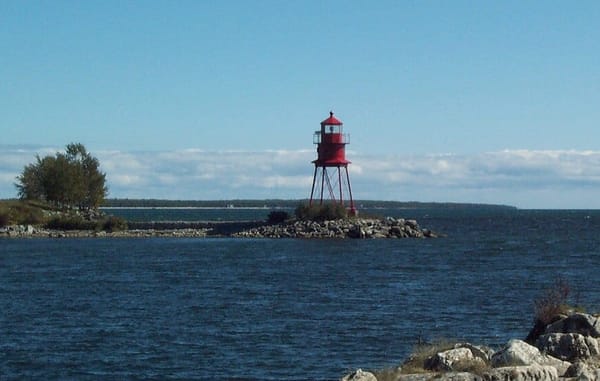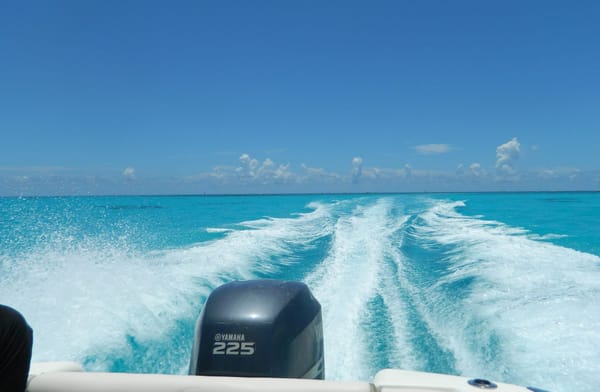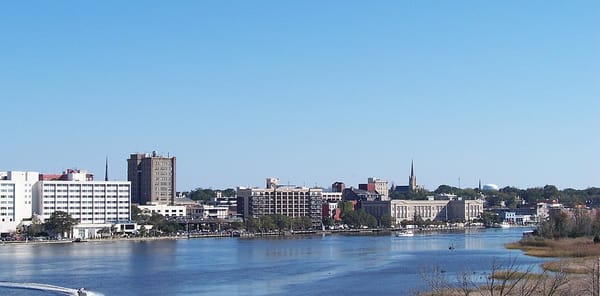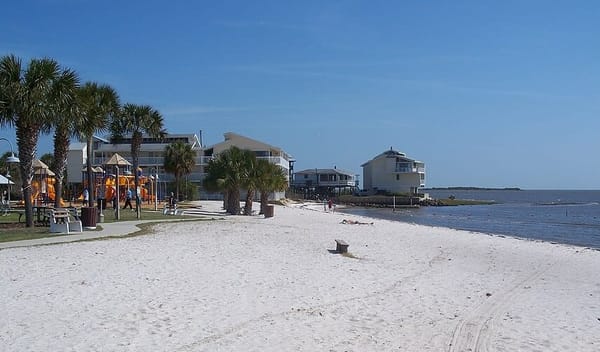Invasive Species: What to Watch Out for While Boating in the Great Lakes
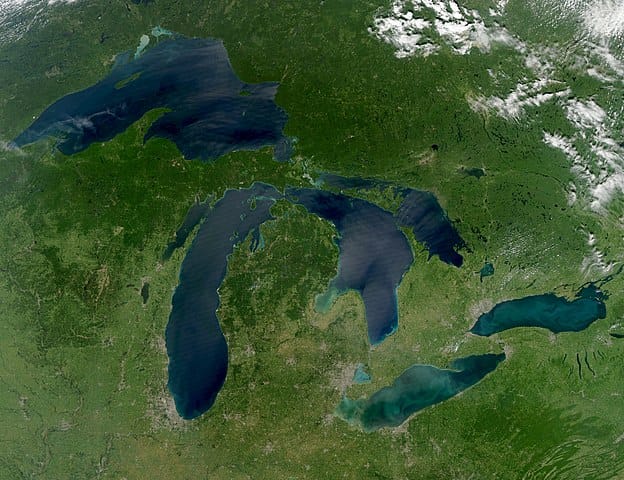
Invasive species have long been a significant ecological concern in the Great Lakes, which includes Lakes Huron, Ontario, Michigan, Erie and Superior. These species disturb the delicate balance of this vast freshwater ecosystem just as they do in other waterways such as the Mississippi River, the Chesapeake Bay and Lake Havasu.
These species, often introduced unintentionally or deliberately, can wreak havoc on native flora and fauna, disrupt food webs and alter habitats in the Great Lakes as well as Lake of the Ozarks, Lake Tahoe and the Atlantic Ocean. Let’s check out some plants and animals to be aware of before heading out from a private boat dock rental.
Zebra Mussel
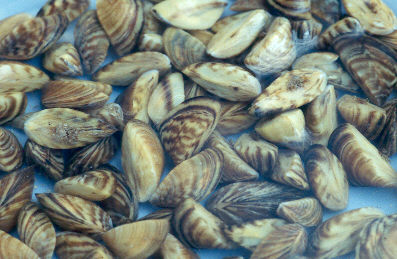
Photo: Wikimedia/Amy Benson/CC by SA 1.0
The zebra mussel (Dreissena polymorpha), which was first discovered in the Great Lakes in the late 1980s has had significant ecological and economic impacts. Originating from the Caspian and Black Seas, these small mollusks arrived in North America in the ballast water of transoceanic ships. Once established, they rapidly colonized the lakes, reaching densities of up to 700,000 individuals per square meter in some areas.
Zebra mussels filter large volumes of water, consuming phytoplankton and disrupting the base of the aquatic food web. This can lead to declines in native mussel species, diminished water clarity and altered nutrients. Their sharp shells can clog water intake pipes, which damages industrial and municipal infrastructure and costs millions of dollars annually.
Quagga Mussel
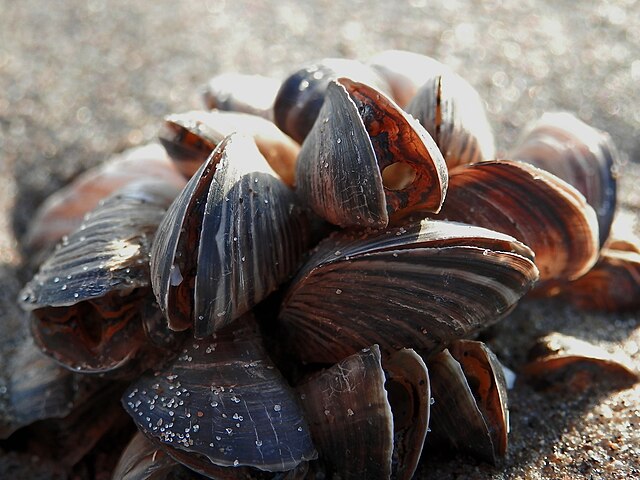
Photo: Wikimedia/Ryan Hodnett/CC by SA 4.0
Another notorious invader is the quagga mussel (Dreissena rostriformis bugensis), which is closely related to the zebra mussel. First discovered in the Great Lakes in the early 2000s, quagga mussels have similar ecological impacts to their zebra cousins, but they can colonize deeper waters and tolerate a wider range of environmental conditions. Their proliferation adds to the challenges posed by zebra mussels, compounding the ecological and economic burdens on the region and causing havoc at private boat docks for rent.
Round Goby
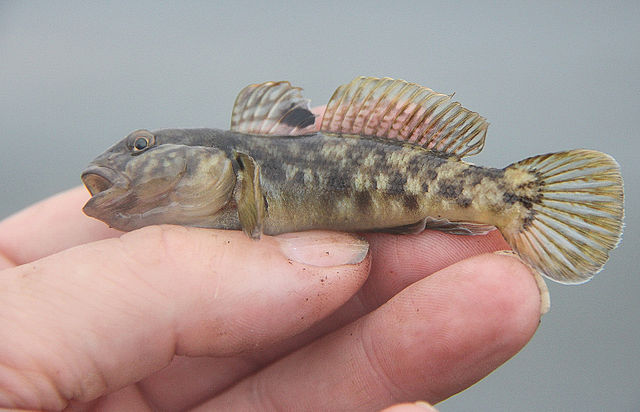
Photo: Wikimedia/Peter van der Sluijs/CC by SA 3.0
Native to the Black and Caspian Seas, the round goby (Neogobius melanostomus) was most likely introduced to the Great Lakes through ballast water discharge from ships in the 1980s. Since then, its population has rapidly expanded, outcompeting native fish species and altering the dynamics of the aquatic ecosystem. This species has also made its way from the Great Lakes into the Erie Canal and to the Hudson River.
Round gobies are small, bottom-dwelling fish with a distinctive round body and fused pelvic fins, which they use to perch on rocks, private boat slip rentals and other structures. They are highly adaptable and can thrive in a wide range of environmental conditions, from shallow waters to deep murky habitats. This adaptability has enabled them to spread rapidly throughout the Great Lakes and their tributaries.
One of the most significant impacts of round gobies is their predation on native fish and eggs. They are voracious feeders, consuming a variety of invertebrates, fish eggs and small fish, including those of economically important species such as yellow perch and lake trout. This predation can have cascading effects on the entire food web, leading to declines in native fish populations and altering ecosystem structure and function.
Eurasian Watermilfoil
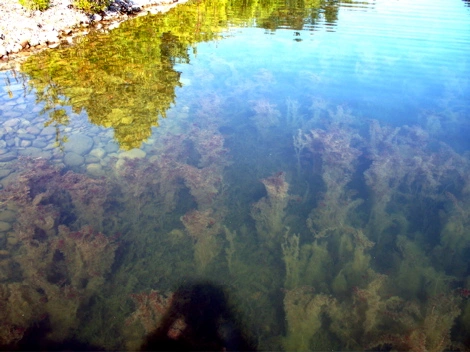
Photo: Wikimedia/Fungus Guy/CC by SA 3.0
The Eurasian watermilfoil (Myriophyllum spicatum) is native to Europe, Asia and northern Africa. This plant was introduced to North America in the 19th century, likely through the aquarium trade or as a contaminant in ships' ballast water. Once introduced, Eurasian watermilfoil spread rapidly throughout the waterways and near private boat lifts for rent. Its ability to form dense mats of vegetation both at the surface and underwater makes it particularly problematic. These dense mats can impede water flow, outcompete native aquatic plants, hinder recreational activities such as boating and swimming and make a mess at private boat lift rentals and marinas.
Efforts to control Eurasian watermilfoil in the Great Lakes have proven challenging. Mechanical methods such as cutting or harvesting can provide short-term relief, but they often fail to eradicate it entirely. Chemical treatments, including the use of herbicides, have also been employed, but they carry potential risks to non-target species and water quality.
Biological control methods, such as the introduction of herbivorous insects or fish species that feed on Eurasian watermilfoil, have shown some promise in specific locations. Their effectiveness can vary. There are concerns about unintended consequences, such as the impact on native species or the potential for the introduced biocontrol agents to become invasive themselves.
Sea Lamprey
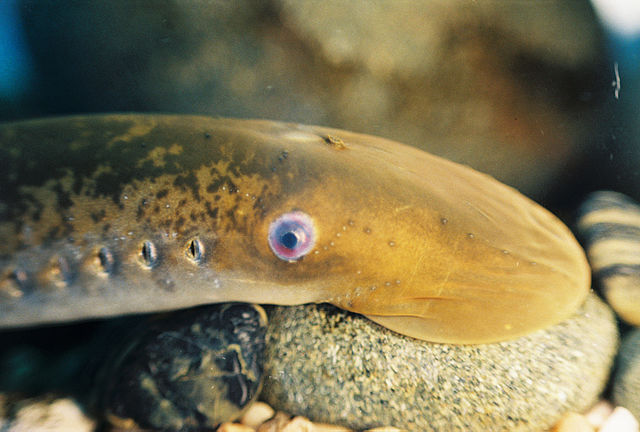
Photo: Wikimedia/NOAA Great Lakes Environmental Research Laboratory/CC by SA 2.0
The infamous eel-like sea lamprey (Petromyzon marinus) was first observed in Lake Ontario in the early 1800s, likely arriving through the construction of the Welland Canal, which bypasses Niagara Falls and connects Lake Ontario to Lake Erie. However, it was not until the early 20th century, with the completion of the Welland Canal and other human-made waterways, that sea lampreys were able to spread and establish populations throughout the Great Lakes. This invasive species outcompetes native species for resources, alters habitat structure and can even directly prey upon native species, which further destabilizes the ecosystem.
The impact of sea lampreys on native fish populations in the Great Lakes has been devastating. Before the arrival of sea lampreys, the Great Lakes supported thriving populations of commercially and ecologically important fish species such as lake trout, whitefish and salmon. Since their arrival, sea lampreys have contributed to the decline of these populations by preying on adult fish.
Efforts to control sea lamprey populations in the Great Lakes have been ongoing for decades. One of the most successful methods has been the application of a chemical called TFM (3-trifluoromethyl-4-nitrophenol) to streams and rivers where sea lampreys spawn. TFM selectively targets sea lamprey larvae without harming most other aquatic organisms. Additionally, barriers and traps have been installed in waterways to prevent sea lampreys from reaching their spawning grounds.
To avoid transporting invasive species on boats and trailers back to a marina or private boat lift for rent, be sure to rinse and wash your boat, trailer and watersports gear.
